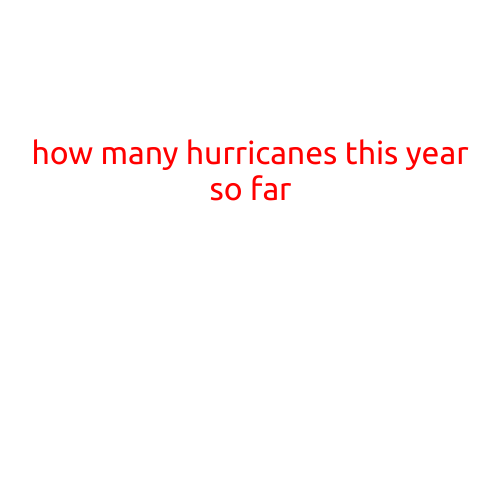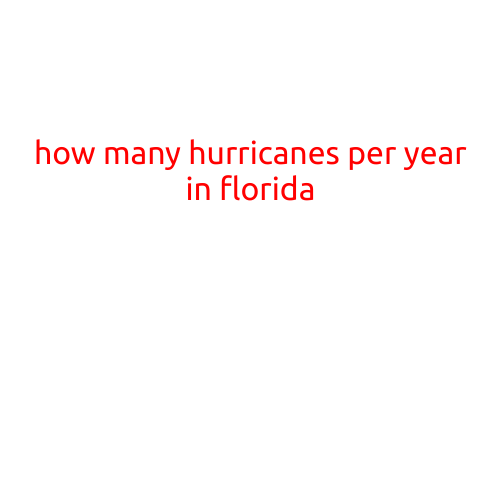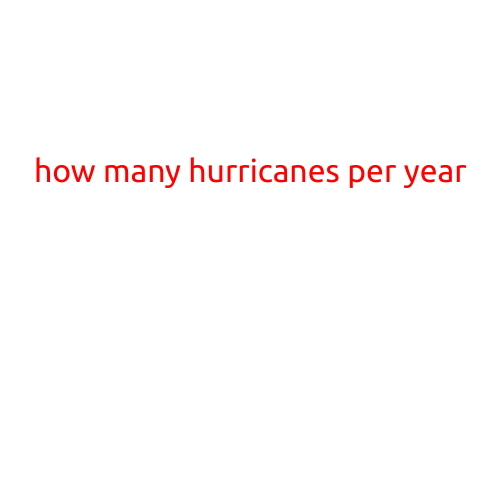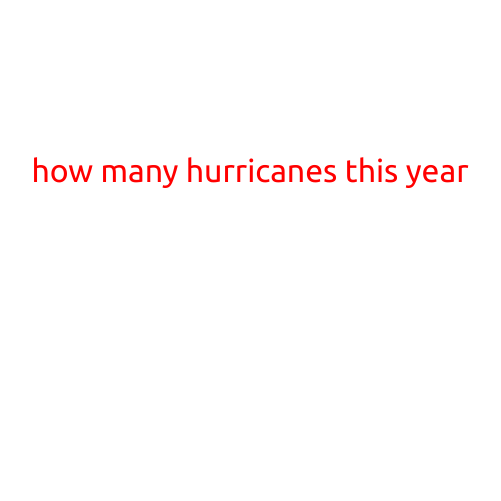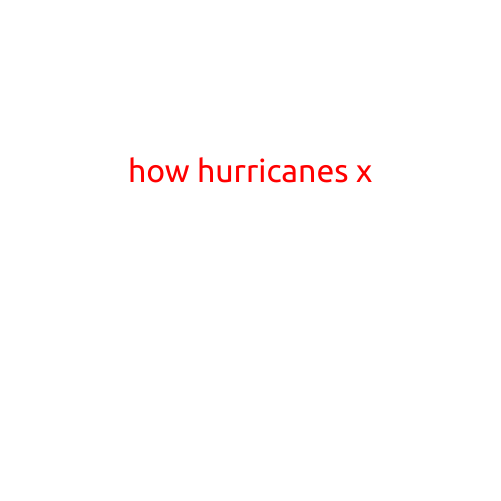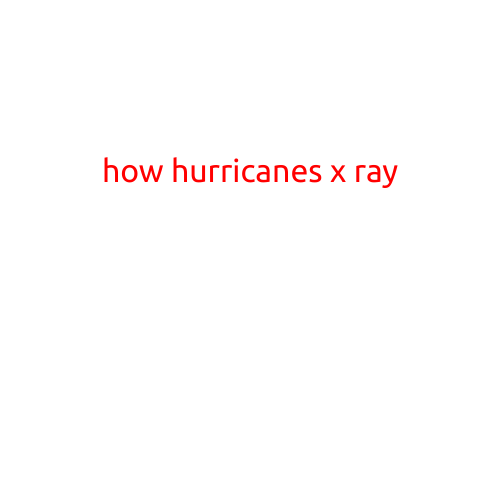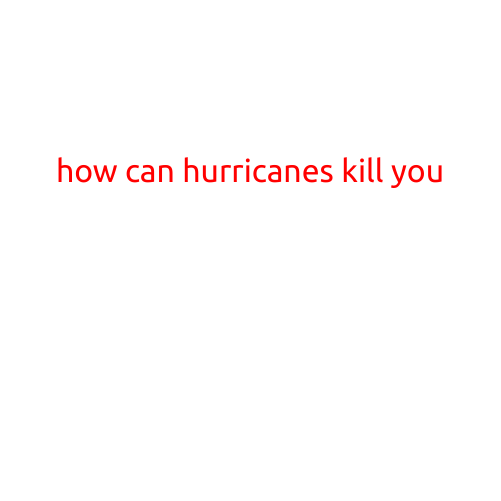
How Can Hurricanes Kill You?
Hurricanes are powerful storms that can bring catastrophic damage and loss of life to affected areas. While the majority of deaths caused by hurricanes are indirectly related to the storm, such as from flooding, wind, and electrical outages, there are several direct ways in which hurricanes can be deadly. In this article, we will explore the various ways in which hurricanes can kill you.
1. Inland Flooding
Inland flooding is one of the leading causes of death during hurricanes. When the storm makes landfall, the resulting storm surges and heavy rainfall can cause widespread flooding, which can be deadly. According to FEMA, 40% of all Hurricane Katrina related deaths occurred due to inland flooding.
Flooding can cause electrocution, drownings, and trauma injuries, such as broken bones and head injuries. Additionally, flooding can contaminate water sources, leading to waterborne illnesses and contamination of food and medical supplies.
2. Storm Surge
A storm surge is a rise in sea level caused by the storm, which can inundate coastal areas and low-lying regions with catastrophic consequences. The storm surge can be deadly due to the rapid rise in water levels, which can catch people off guard and cause widespread destruction.
According to NASA, a storm surge of just 10 feet (3 meters) can cause catastrophic flooding, while a surge of 20 feet (6 meters) can inundate coastal cities and communities, causing devastating losses.
3. Tornadoes
While less frequent, hurricanes can spawn tornadoes, which can be deadly on their own. Tornadoes are land-based whirlwinds that can cause destruction and loss of life, often catching people off guard.
According to the National Hurricane Center, 12 fatalities were reported in the United States alone between 1988 and 2003 due to hurricane-generated tornadoes.
4. Flying Debris
Strong winds and flying debris can cause significant harm and even death. Flying debris, such as shattered glass, loose roofing materials, and broken tree limbs, can cause severe injuries, including lacerations, puncture wounds, and blunt trauma.
According to the National Weather Service, flying debris is one of the leading causes of injury and death during hurricanes.
5. Carbon Monoxide Poisoning
In the aftermath of a hurricane, generators and other equipment can become a source of carbon monoxide poisoning. Carbon monoxide is a colorless, odorless gas that can cause rapid illness and death.
According to the Centers for Disease Control and Prevention (CDC), using generators indoors can increase the risk of carbon monoxide poisoning by 40%.
6. Heat Stroke
After a hurricane, the lack of power, heat, and humidity can create a deadly environment, particularly for the elderly, young children, and people with pre-existing medical conditions.
Heat stroke can occur when the body’s temperature regulation system is overwhelmed, leading to brain damage and even death. According to the National Weather Service, heat-related illnesses are a leading cause of death during hurricanes.
7. Falls and Trauma
Power outages and storm damage can lead to falls and trauma injuries, particularly in the dark and hazardous conditions that follow a hurricane. According to the National Weather Service, falls are a leading cause of injury and death during hurricanes.
Conclusion
In conclusion, hurricanes can be deadly in a variety of ways, from inland flooding to storm surge, tornadoes, flying debris, carbon monoxide poisoning, heat stroke, and falls and trauma. It is essential to take necessary precautions before, during, and after a hurricane to minimize the risk of death and injury.
Preparation is Key
To stay safe during a hurricane:
- Stay informed about the storm’s progress and potential impacts
- Follow evacuation orders and instructions from authorities
- Board up windows and secure outdoor furniture and decorations
- Stock up on non-perishable food, water, and medical supplies
- Have a plan in place for communication and emergency contact
- Stay indoors and avoid traveling during the storm
By understanding the various ways in which hurricanes can be deadly, you can take necessary precautions to minimize the risk of death and injury. Stay safe!
